FS Colour Series: LIGHT BLUE Inspired by Agnes Martin’s Distant Memories
Agnes Martin’s shimmering, Minimalist abstractions are infused with pale, crystalline light, capturing the indistinct atmosphere of half-forgotten memories. Soft, baby blues like LIGHT BLUE were a recurring feature in her art, suggesting hazy, distant skies opening out across an imaginary (or half-remembered) horizon. She demonstrates how this colour is striking and commanding enough to be the centre of attention, but it can also be complemented by other similarly soft hues, like pale pink, washed-out lavender, dusty blue or lemon yellow.
Born in Canada in 1912, Martin made her name as an artist later in life. After training as an artist in New Mexico, Martin spent several years teaching, before eventually settling in the Coenties Slip artist’s colony in New York in the late 1950s. Throughout this formative period, Martin gradually carved a place as one of New York’s leading Minimalist artists, producing large, pale paintings, prints and drawings covered in tight-knit, hand-drawn grids. In the next decade, Martin found recognition and success, by the end of the 1960s she had hit a crisis point of creative burnout. After buying a pickup truck, Martin upped sticks and ran off into the New Mexico desert. Looking back, she recalled, “I left New York because every day I suddenly felt I wanted to die and it was connected with painting. It took me several years to find out that the cause was an overdeveloped sense of responsibility.”
For the next seven years, Martin made little art, instead, building herself a log cabin in the desert and establishing her own farm where she could grow vegetables and be at one with the land. The art that eventually emerged out of this period of transformation was entirely different from Martin’s earlier practice, featuring broad, horizontal bands of pale colour that open outwards with the same bare, barren freedom as the New Mexico landscape. This style preoccupied the artist for the rest of her career. Though she remained living in New Mexico for the rest of her life, she slowly began exhibiting this new art in the New York gallery scene again, to critical acclaim.
The 1990s were a prolific era for Martin as her reputation as an artist continued to grow. Being an outsider in the wilderness, far from the urban metropolis gave Martin a mystical, shaman-like status and over time many gallerists and artists made a pilgrimage out to visit Martin in her remote hut. This same enigmatic aura hovered around her mature art, which was purely abstract, reflecting states of being, distant memories and inner perceptions of the outside world. She painted, as she said, with “her back to the world,” and pale, light-infused colours allowed Martin to convey these transient, immaterial qualities.
In Faraway Love, 1999, pale blue is the only colour at play, and its hue shifts ever so slightly to suggest the shifting patterns of light, or the nostalgic fading of a memory from view, as a darker, shadowy patch in the top centre gradually dissipates into the space below. Barely penetrable white strips run horizontally across its surface, with hand-drawn outlines in silver graphite that quiver and waver ever so slightly with the frailty of the human touch. Happy Holiday, 1999, shares the same uneven blue light and wistful qualities of quiet longing for the past. On its surface, dusty, muted shades of pink form a series of candy stripes that suggest beach holidays in the summer sunshine, an atmosphere further alluded to in the painting’s title. Made just a few years later, Untitled, 2001, is bolder and more spirited, with broad bands of flat light blue that run horizontally across our eyeline. Martin contrasts her signature light blue with the palest shade of lemon yellow this time, invoking the crisp, sharp freshness of ice-cold lemonade, held up against a cloudless summer sky.






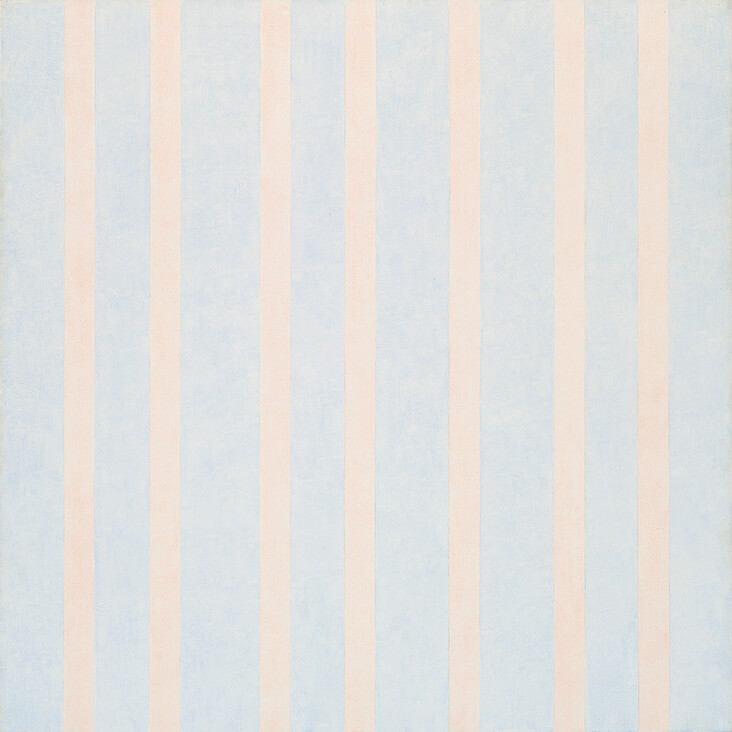
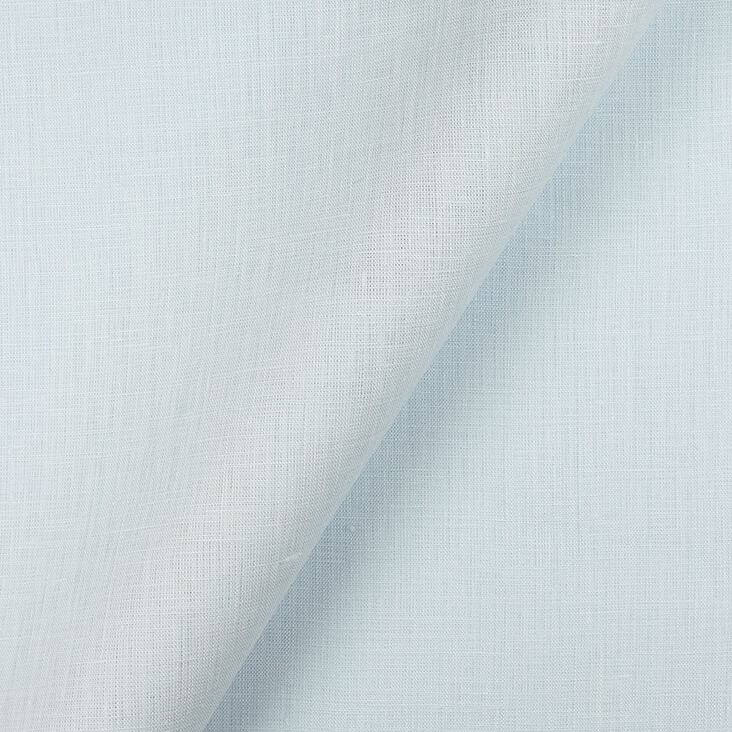
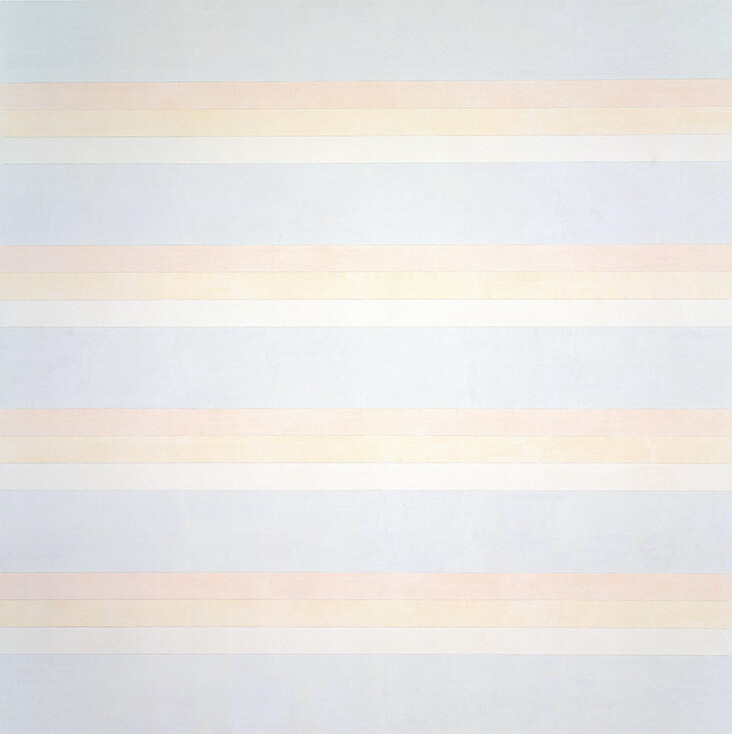
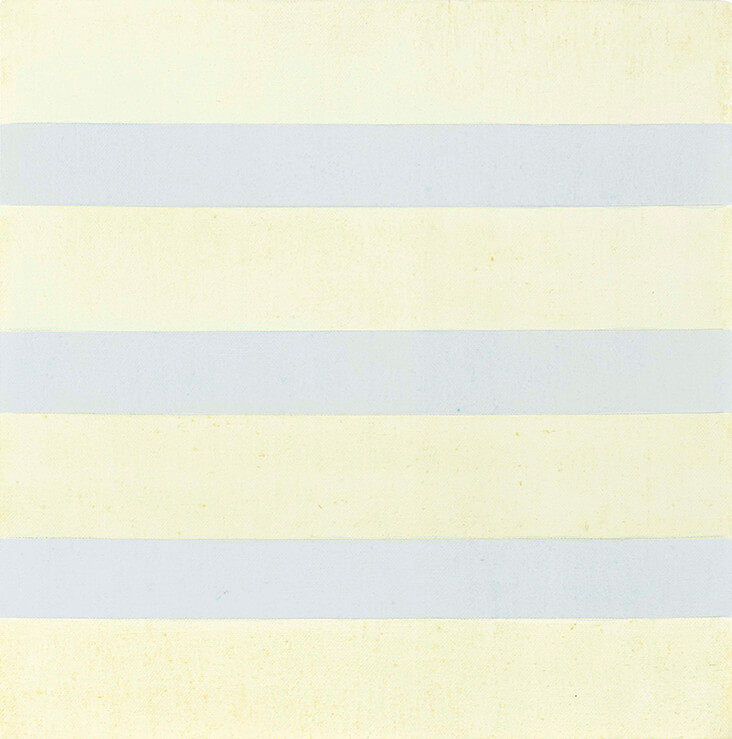
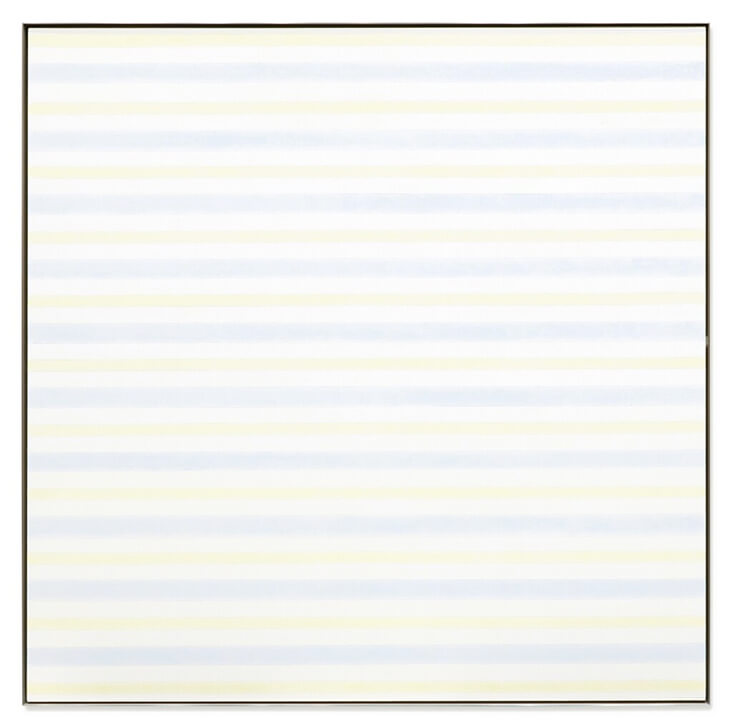














































Leave a comment